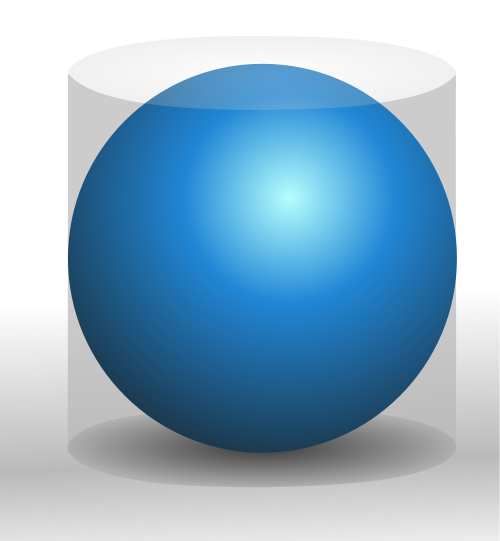I am trying to calculate the number of winning Solitaire games based on a paper by Rob Reijtenbach, linked here for your reference: https://theses.liacs.nl/2169. I made a chart, linked in the above URL, which depicts his calculations. I am trying to find the winning percentage based on seven tableau columns, not just three, and out of 52 cards, not just 12. I don’t know if this is possible since he used optimizations to not blow up his supercomputer, but I figured that I can ask. Thank you.


I understand, but looking at my chart, is there a pattern to be found within the numbers? For example, is there a function relating the number of columns to the possible games (e.g. 2/165, 3/665280) or number of cards to the possible games (e.g. 12/165, 12/665280), et cetera?) Essentially all I am looking for is a function relating two of these variables.
Ah. I see. For this, someone will need to dive into what ‘after optimizations’ means I think. I don’t think the 6 examples are enough to read it off, a quick search on OEIS for the 3 cards per suit cases finds nothing.
Accirding to the link to the thesis, “optimization” simply means counting games trivially related by permutation as the same game
I’ve been looking for this website but didn’t remember what it was called. Thank you for that at least. And yes, this is probably a long shot to find a function for these numbers because there does seem to be a pattern, but every website that I’ve tried cannot seem to find a graph for them.